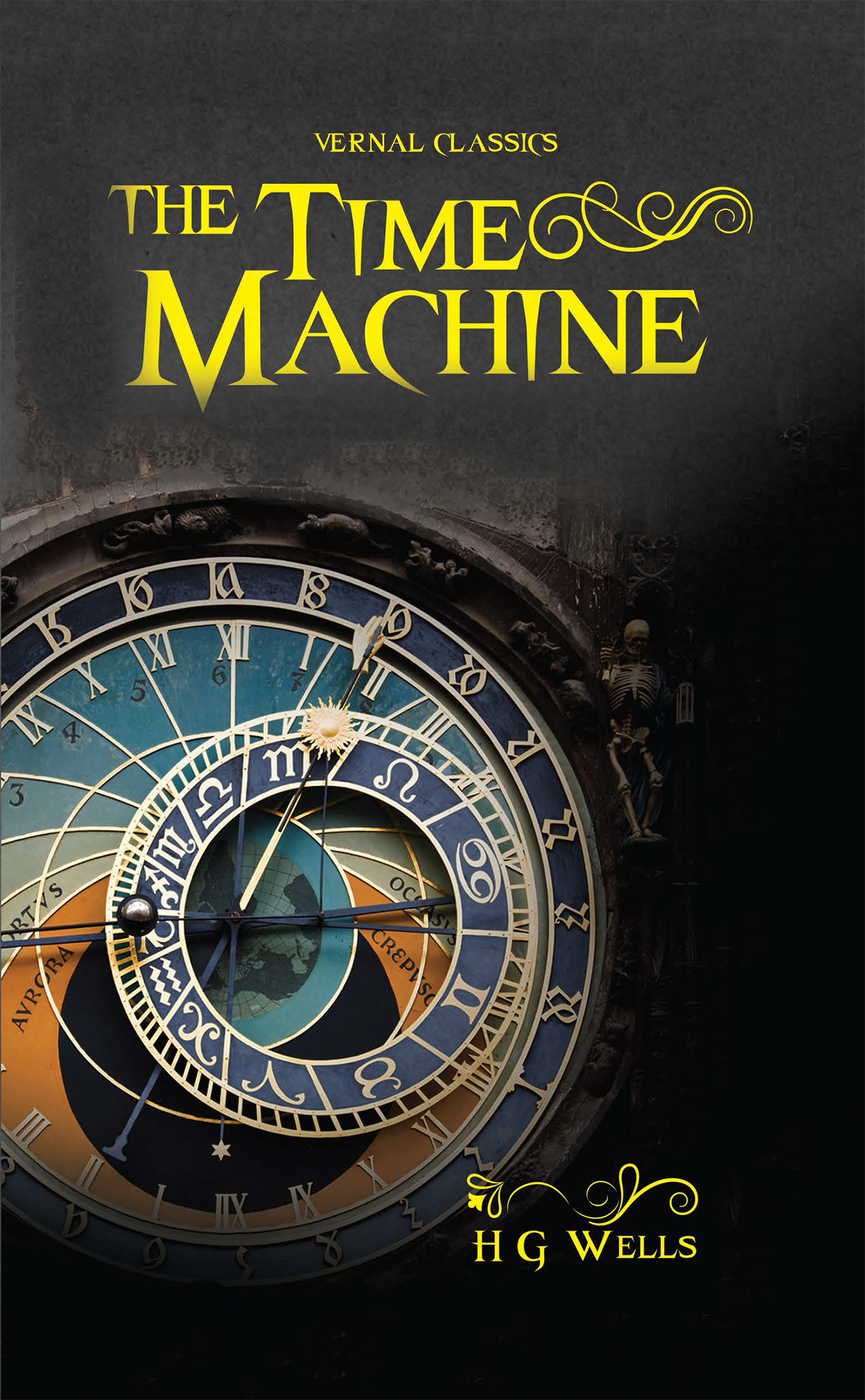 Frankenstein: the modern Prometheus
by
Mary Wollstonecraft Shelley
Frankenstein: the modern Prometheus
by
Mary Wollstonecraft Shelley
 Strange case of Dr. Jekyll and Mr. Hyde
by
Robert Louis Stevenson
Strange case of Dr. Jekyll and Mr. Hyde
by
Robert Louis Stevenson
 The Time Machine
by
H. G. Wells
The Time Machine
by
H. G. Wells
 Brave New World
by
Aldous Huxley
Brave New World
by
Aldous Huxley
Science Fiction is a genre characterized by a certain level of scientific backing. The enemies and powers in these books are explained through science and advancements in technology. It stands apart from fantasy in the fact that it gives the reader more background information to build on rather than relying on the "suspension of disbelief". This genre came to fruition in the seminal work Frankenstein: the modern Prometheus written by Mary Wollstonecraft Shelley. The driving force behind the birth of science fiction is unknown, but Frankenstein came out in the latter years of the industrial revolution. During this time people turned away from the retrospective views that were indicative of the Renaissance, and towards the progressive views of the Industrial Revolution.
Time Travel: This involves going either back or forward in time, due to a "time-machine". The most common plot includes changing history, usually by accident, and then having to fix it in the worst case scenarios. A good example of this sub-genre is H.G. Wells' The Time Machine.
Space Travel: Involves travel into space with all the dangers of actual space travel, with a high possibility of extra-terrestrial life. Most have either a utopian earth or a used up earth that acts as the reason for galactic dispersion. The aliens are likewise divided between accepting and conquering. A movie series that delves into both types is Alien started by Ridley Scott.
Nautical: A deep sea adventure using more than just boats, these stories must have some strange technology or goal in mind. While they can be purely for exploration, they usually involve dangerous deep sea creatures and or natural disasters. Not as common as the other genres as most examples more closely keep to pure fiction. One of the earliest and best examples of Nautical Sci-Fi is Twenty Thousand Leagues Under the Sea by Jules Verne
Dystopian: Depicts a society that is extreme in at least one way, on either side of the scale. The plots range from escape from the system or "personal redemption" to causing an upheaval of the current system and effecting a "societal redemption". A well-known take on the Dystopian genre can be found in the Hunger Games trilogy by Suzanne Collins.
Military: Sci-Fi based around the military with its rank and file strictness. The main character rises through the ranks, usually at a faster pace than normal. The most common plot in this genre is the "Heroes Journey". While also part of the Space Travel genre, Ender's Game by Orson Scott Card is truly indicative of this genre
Cyberpunk: Centered around a usually urban setting, where mechanics are heavily idealized either in design or body modification. Most cyberpunk media is also Dystopian where the rich are quasi-immortal. The main character is either middle or low class and through enhancement, becomes strong enough to go against the system. A good example of this is the Japanese manga Gunnm or Battle Angel Alita by Yukito Kuhiro
Biopunk: Centered around a society where organic enhancement and or design is idealized. Like Cyberpunk, most Biopunk media is also usually Dystopian. Unlike Cyberpunk, enhancements are more likely to be the result of experimentation. A more modern take on Biopunk is shown in the videogame Scorn by Ebb Software. The game takes its inspiration from H.R. Giger.
